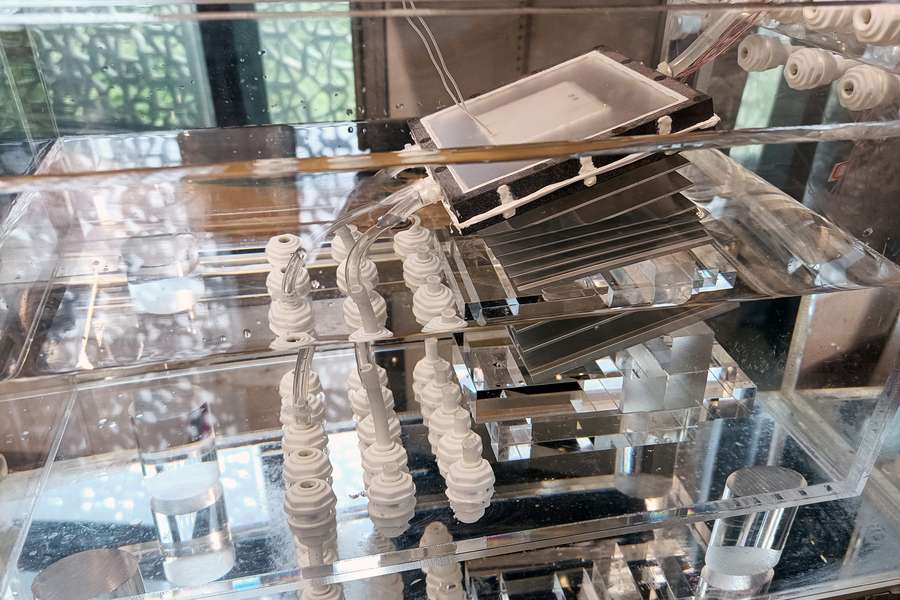Eating Yogurt Can Get Rid of Your Garlic Breath, Say Researchers
Dr. Barringer suggests Greek yogurt, which has a higher protein value than the whole milk plain yogurt, may be the most effective way.

In a headline that's rare to see these days, a US-China collaboration has created the cheapest and fastest way to purify seawater yet discovered by science.
The prototype of the passive solar-powered desalination tool can produce 4-6 liters of clean water per hour, and the designers believe a scaled-up version could sustain a coastal household in sunny climes year-round.
For as much as natural resource managers, city planners, and climate activists warn about droughts becoming more severe in the future, the solution has always been staring us in the face.
Only 3% of the Earth's water is fresh, an amount that, along with technology, has already enabled the human race to reach nearly 8 billion members. By contrast, 68% of the Earth's surface, and 97% of its water, is undrinkable.
Seeking to exploit that unending reservoir of potential, a team from MIT and Shanghai Jiao Tong University developed a desalination still about the size of a briefcase that utilizes "thermohaline" circulation similar to the ocean itself.
Thermohaline circulation is described by NASA as the "Great Ocean Conveyor Belt" and occurs when water in the polar regions becomes more saline due to evaporation and sea ice melt.
After this, the denser water forces its way to the depths of the polar oceans, pushing the less-saline, colder water of the deeps out toward the tropical oceans. In essence, it's a giant current, but one that moves much slower than the wind-driven currents.
In the case of the still, the seawater circulates in swirling eddies that when coupled with sunlight, enables water to evaporate. The salt is left circulating inside while the water vapor is collecting at potable rates of purity
"For the first time, it is possible for water, produced by sunlight, to be even cheaper than tap water," said Lenan Zhang, a research scientist in MIT's Device Research Laboratory. "This opens up the possibility for solar desalination to address real-world problems."
For coastal communities around the world with a bit of government money and water scarcity issues, the product has the real potential to address them. All components of the still are designed for a 10-year lifespan.
SHARE The News About Cheap Desalination With Your Friends…
Be the first to comment